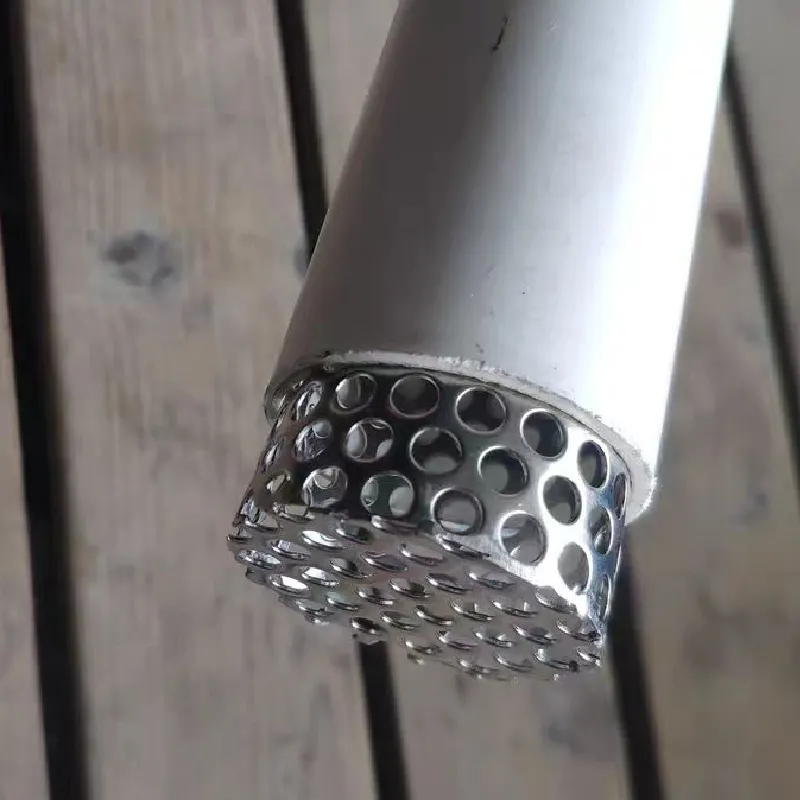-
 Afrikaans
Afrikaans -
 Albanian
Albanian -
 Amharic
Amharic -
 Arabic
Arabic -
 Armenian
Armenian -
 Azerbaijani
Azerbaijani -
 Basque
Basque -
 Belarusian
Belarusian -
 Bengali
Bengali -
 Bosnian
Bosnian -
 Bulgarian
Bulgarian -
 Catalan
Catalan -
 Cebuano
Cebuano -
 China
China -
 Corsican
Corsican -
 Croatian
Croatian -
 Czech
Czech -
 Danish
Danish -
 Dutch
Dutch -
 English
English -
 Esperanto
Esperanto -
 Estonian
Estonian -
 Finnish
Finnish -
 French
French -
 Frisian
Frisian -
 Galician
Galician -
 Georgian
Georgian -
 German
German -
 Greek
Greek -
 Gujarati
Gujarati -
 Haitian Creole
Haitian Creole -
 hausa
hausa -
 hawaiian
hawaiian -
 Hebrew
Hebrew -
 Hindi
Hindi -
 Miao
Miao -
 Hungarian
Hungarian -
 Icelandic
Icelandic -
 igbo
igbo -
 Indonesian
Indonesian -
 irish
irish -
 Italian
Italian -
 Japanese
Japanese -
 Javanese
Javanese -
 Kannada
Kannada -
 kazakh
kazakh -
 Khmer
Khmer -
 Rwandese
Rwandese -
 Korean
Korean -
 Kurdish
Kurdish -
 Kyrgyz
Kyrgyz -
 Lao
Lao -
 Latin
Latin -
 Latvian
Latvian -
 Lithuanian
Lithuanian -
 Luxembourgish
Luxembourgish -
 Macedonian
Macedonian -
 Malgashi
Malgashi -
 Malay
Malay -
 Malayalam
Malayalam -
 Maltese
Maltese -
 Maori
Maori -
 Marathi
Marathi -
 Mongolian
Mongolian -
 Myanmar
Myanmar -
 Nepali
Nepali -
 Norwegian
Norwegian -
 Norwegian
Norwegian -
 Occitan
Occitan -
 Pashto
Pashto -
 Persian
Persian -
 Polish
Polish -
 Portuguese
Portuguese -
 Punjabi
Punjabi -
 Romanian
Romanian -
 Russian
Russian -
 Samoan
Samoan -
 Scottish Gaelic
Scottish Gaelic -
 Serbian
Serbian -
 Sesotho
Sesotho -
 Shona
Shona -
 Sindhi
Sindhi -
 Sinhala
Sinhala -
 Slovak
Slovak -
 Slovenian
Slovenian -
 Somali
Somali -
 Spanish
Spanish -
 Sundanese
Sundanese -
 Swahili
Swahili -
 Swedish
Swedish -
 Tagalog
Tagalog -
 Tajik
Tajik -
 Tamil
Tamil -
 Tatar
Tatar -
 Telugu
Telugu -
 Thai
Thai -
 Turkish
Turkish -
 Turkmen
Turkmen -
 Ukrainian
Ukrainian -
 Urdu
Urdu -
 Uighur
Uighur -
 Uzbek
Uzbek -
 Vietnamese
Vietnamese -
 Welsh
Welsh -
 Bantu
Bantu -
 Yiddish
Yiddish -
 Yoruba
Yoruba -
 Zulu
Zulu
Effective Solutions for Bird Protection with Durable Aviary Netting Options
The Importance of Bird Aviary Netting A Comprehensive Guide
Bird aviary netting plays a significant role in creating safe environments for birds, whether in captivity or for conservation purposes. As avian enthusiasts and conservationists strive to provide optimal habitats for various bird species, understanding the benefits and features of aviary netting becomes essential.
What is Bird Aviary Netting?
Bird aviary netting is specifically designed mesh used to enclose outdoor spaces meant for birds, offering protection while allowing them to fly freely. Made from durable materials, this netting protects birds from predators and environmental hazards while also preventing them from escaping. It is available in different styles, mesh sizes, and materials to cater to the unique needs of different species and aviary designs.
Benefits of Aviary Netting
1. Safety and Security The primary purpose of aviary netting is to keep birds safe from predators such as cats, hawks, and other animals. It serves as a physical barrier that protects the birds, allowing them to enjoy the outdoors without the constant threat of danger.
2. Freedom of Movement Unlike cages, aviaries enclosed with netting enable birds to fly freely. This space encourages natural behaviors such as flying, playing, and socializing, which are crucial for their physical and mental well-being.
3. Environmental Protection Netting helps to shield birds from harsh weather conditions, including extreme heat, heavy rain, and strong winds. It provides shade and shelter while also allowing for proper ventilation, creating a more comfortable habitat for the birds.
4. Conservation Efforts Aviary netting is vital in wildlife conservation projects. For instance, it is used in breeding programs for endangered species, allowing researchers to monitor birds in a safe environment while encouraging natural breeding behaviors without risk.
5. Variety and Customization Aviary netting comes in various materials such as nylon, polyethylene, and polypropylene, each offering different levels of durability and UV resistance. Customization options allow owners to choose sizes and mesh patterns that best fit the birds housed within the aviary.
bird aviary netting

Choosing the Right Aviary Netting
When selecting bird aviary netting, several factors should be considered
- Mesh Size The mesh size must be appropriate for the bird species you are housing. Smaller mesh is crucial for tiny birds, as they can escape through larger openings. Conversely, larger birds may require sturdier netting that prevents physical escape without compromising airflow.
- Material Look for UV-resistant materials that withstand weather conditions. Durable netting will last longer and require fewer replacements, optimizing your investment.
- Height and Design of Aviary Take into account the size of the aviary. Taller netting is essential for larger birds that require more vertical flight space. Additionally, the design should allow easy access for cleaning and maintenance while ensuring the birds' safety.
Installation and Maintenance
Installing bird aviary netting requires careful planning and execution. It is crucial to ensure that there are no gaps through which birds can escape or predators can enter. Regular inspection and maintenance of the netting, including checks for tears or wear, are necessary to maintain a secure environment.
Conclusion
Bird aviary netting is indispensable for anyone looking to create a safe, engaging, and natural habitat for birds. Providing freedom while safeguarding against external threats fosters an environment that promotes the physical and psychological well-being of birds. As we continue to prioritize avian welfare and conservation efforts, understanding and utilizing quality aviary netting is key to achieving success in these endeavors. Whether you are an avian enthusiast, a bird owner, or a conservationist, embracing the benefits of bird aviary netting will surely enhance your experience and contribute to the protection of our feathered friends.
-
Shipping Plastic Bags for Every NeedNewsJul.24,2025
-
Safety Netting: Your Shield in ConstructionNewsJul.24,2025
-
Plastic Mesh Netting for Everyday UseNewsJul.24,2025
-
Nylon Netting for Every UseNewsJul.24,2025
-
Mesh Breeder Box for Fish TanksNewsJul.24,2025
-
Expanded Steel Mesh Offers Durable VersatilityNewsJul.24,2025











